NSW floods: State of disaster — and worse to come
Thousands of Sydney residents face evacuation while the NSW north coast is bracing for a renewed flood threat.
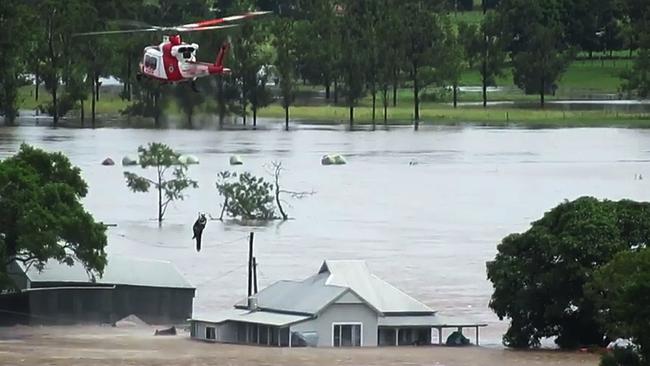
Thousands of residents in Sydney’s west face evacuation while the NSW north coast was bracing for a renewed flood threat on Sunday night, with authorities warning three more days of heavy rain will add to a damages bill expected to top $1bn.
With the weather system dumping more than 350mm of rain on parts of the state at the weekend, residents as far south as Goulburn could face flooding as water spills from Warragamba Dam and flows down the Nepean River.
Insurers are bracing for hundreds of millions of dollars of payouts from the flooding, which represented a one-in-a-100-year event on the NSW north coast and a one-in-50-year event in Sydney’s west. Sixteen local government areas were declared natural disaster zones, from Grafton in the north to the Hawkesbury region in the south.
More than 1500 people across NSW have been told to evacuate as “life-threatening” floodwaters continue to inundate low-lying areas. Residents living along the Hawkesbury River and in low-lying properties on the mid-north coast were ordered on Sunday to leave their homes.
A further 4000 residents along the banks of the swollen Nepean have been warned they may need to leave, with predictions the floodwaters could exceed 10m.
By Sunday evening emergency services had conducted more than 685 rescues and received more than 7000 calls for assistance, ranging from clearing fallen trees to rescuing stranded people and pets.
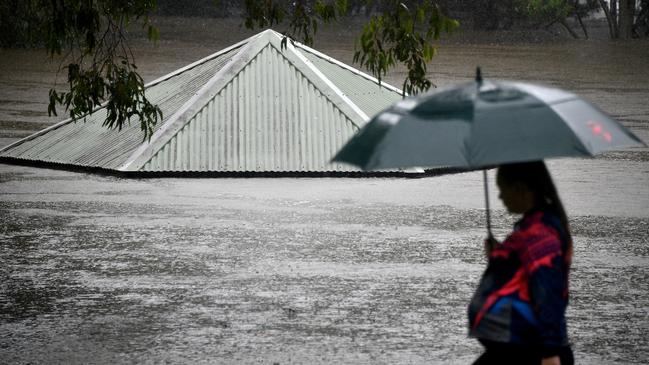
People as far north as Brisbane and the Gold Coast were also being urged to consider moving to higher ground as flash flooding closed roads and with severe thunderstorms approaching.
As spills from Sydney’s giant Warragamba Dam sparked fears of major flooding in communities downstream, Premier Gladys Berejiklian warned that “weather conditions will actually get worse, in terms of rainfall”.
“It is not just the dam, it is the rivers which are overflowing, it is sustained rainfall.”
Ms Berejiklian warned that further evacuations were imminent.
“The main focus is of course the Richmond community, the Hawkesbury Valley community, and parts of western Sydney,” Ms Berejiklian said.
“We weren’t envisaging a one-in-50-year event yesterday — we were hoping it would only be a one-in-20-year event.
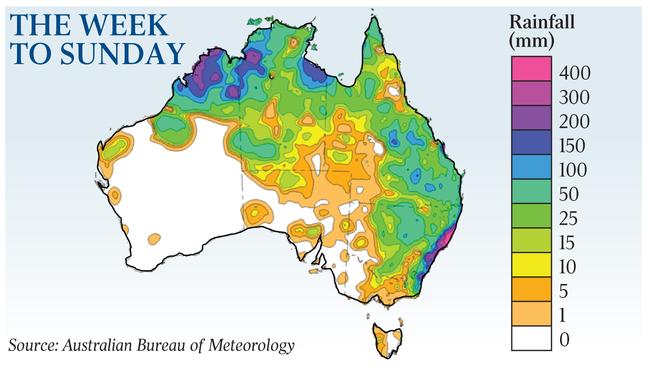
“Now it looks like a one-in-50-year event, and that means potentially another 4000 people may be asked to evacuate in and around that Hawkesbury region and parts of western Sydney.”
The NSW State Emergency Service said the Hawkesbury River at North Richmond could exceed 14.4m late on Sunday, with further heavy rainfall forecast for Monday. The Nepean River at Penrith was also expected to rise to as much as 10m on Sunday night and peak at Richmond and Windsor on Monday.
Bureau of Meteorology flood expert Justin Robinson said authorities were extremely concerned about flooding in the Nepean Valley, with water levels in Penrith rivalling levels last seen during a flood in 1961 flood. “It is bigger than the 1990 flood, and it is bigger than the 1964 flood. It is one of the biggest floods we are likely to see for a very long time,” he said.
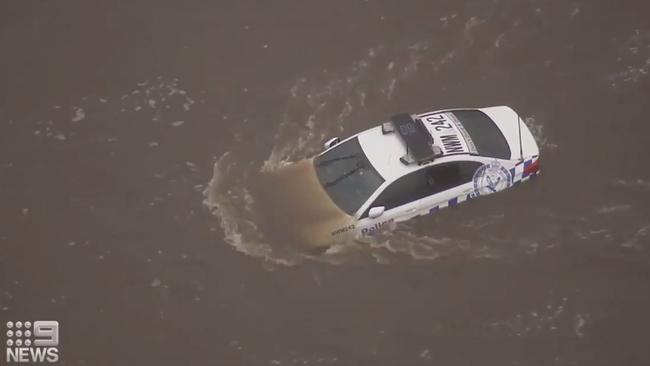
“Floodwater at Penrith is expected to then move downstream and impact communities at North Richmond, Windsor, Sackville, and further downstream.”
Some of the hardest-hit areas include Comboyne on the mid-north coast, which received more than 351mm between 9am on Saturdayand Sunday night, while Warragamba, west of Sydney, received 208mm. Rainfall was higher on Saturday in many areas, withKatoomba in the Blue Mountains receiving 168mm on Saturday, with Castle Hill in Sydney’s northwest receiving 168mm.
Meanwhile, Yarras Mountain, inland from Port Macquarie, received 146mm between 9am on Sunday and Sunday night, and Taree on the mid-north coast received 99mm in the same period.
In Sydney, floodwaters breached the site of the proposed new Powerhouse Museum as the Parramatta River burst its banks.
BOM climatologist Agata Imielska said the bureau was predicting conditions would worsen on Monday as rain continued.
The Warragamba Dam, Sydney’s primary water supply, reached full capacity on Saturday and has been spilling hundreds of gigalitres of water since then, threatening communities along the Nepean River.
More than 450GL of water — almost the volume of Sydney Harbour — is now pouring from the dam every 24 hours, with the rate likely to increase on Monday.
Modelling by WaterNSW shows that approximately 1500GL of water would flow into the dam in just seven days — 75 per cent of the dam’s total capacity of 2000GL.
Ms Berejiklian defended the decision not to release more water from the dam in previous weeks, arguing that it could never have been enough to mitigate the amount of rain now falling .“Some water has been released in the last month but, given the rainfall that we are experiencing in the next few days, you would have to have reduced the capacity of the dam to around 20 to 25 per cent, which just wouldn’t have been feasible, to have made a difference.”
Half the floodwaters in the Hawkesbury-Nepean river system were from other tributaries, not the Warragamba Dam, WaterNSW said.
Insurance companies were not willing to estimate the total damage but have already started receiving claims from business and homeowners and are bracing for a bill that may be in the billions.
Senior banking and insurance analyst at Velocity Trade, Brett Le Mesurier, said the fallout from the wild weather would be big enough to force insurers to tap their reinsurance cover.
Reinsurance sees insurers transfer portions of their risk portfolios to other companies, to protect against having to pay out large sums from insurance claims.
“It seems to me this will be a significant event that will call on the reinsurers,” he said. “The (general insurers) will be using the various reinsurance covers they’ve got to partially pay for this.” NSW Farmers Federation chief executive Pete Arkle said the combined cost of fencing and livestock loss from the floods was likely to reach into the “tens of millions”. “We’re still trying to get our heads around areas in the Hawkesbury,” he said.
“There are lots of active turf and vegetable farmers and there’ll be an impact on livestock further up the coast moving into dairy country and beef country.”
Blueberries are flowering and the impact of the rain could wreak havoc on the rest of the season.
The federal government said it would extend emergency funding to assist communities in 16 local government areas in NSW.
In Queensland, Gold Coast residents were being warned of flash flooding in the Currumbin, Mudgeeraba and Tallebudgera catchments late on Sunday, with those in low-lying areas urged to move to higher ground.


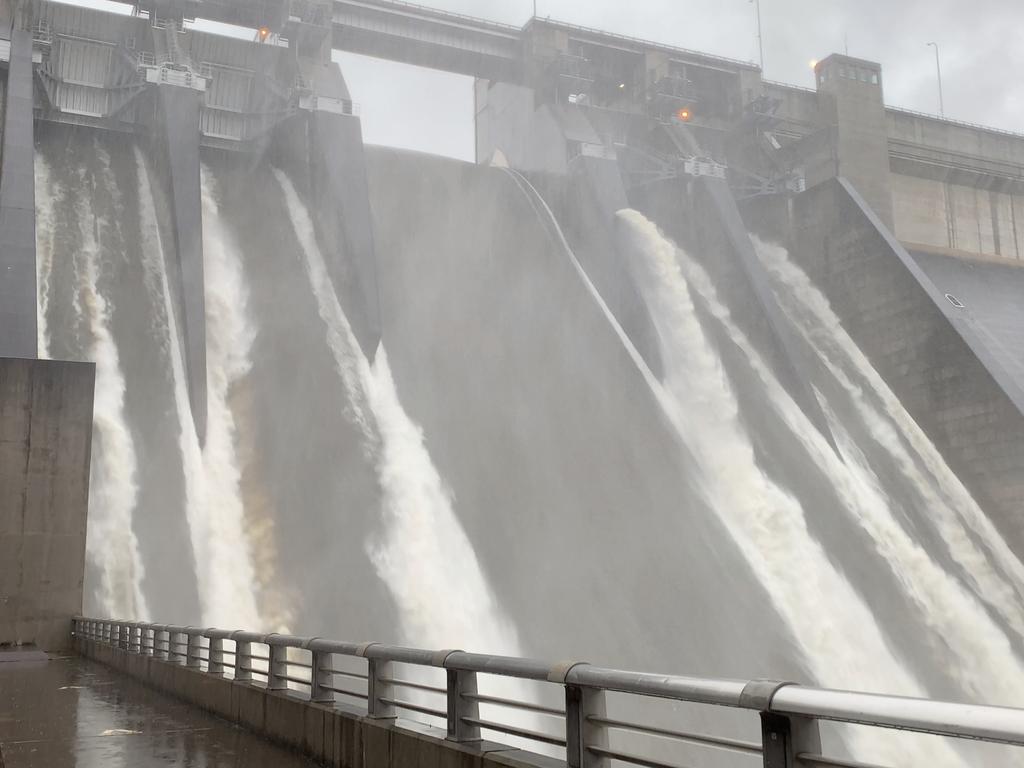
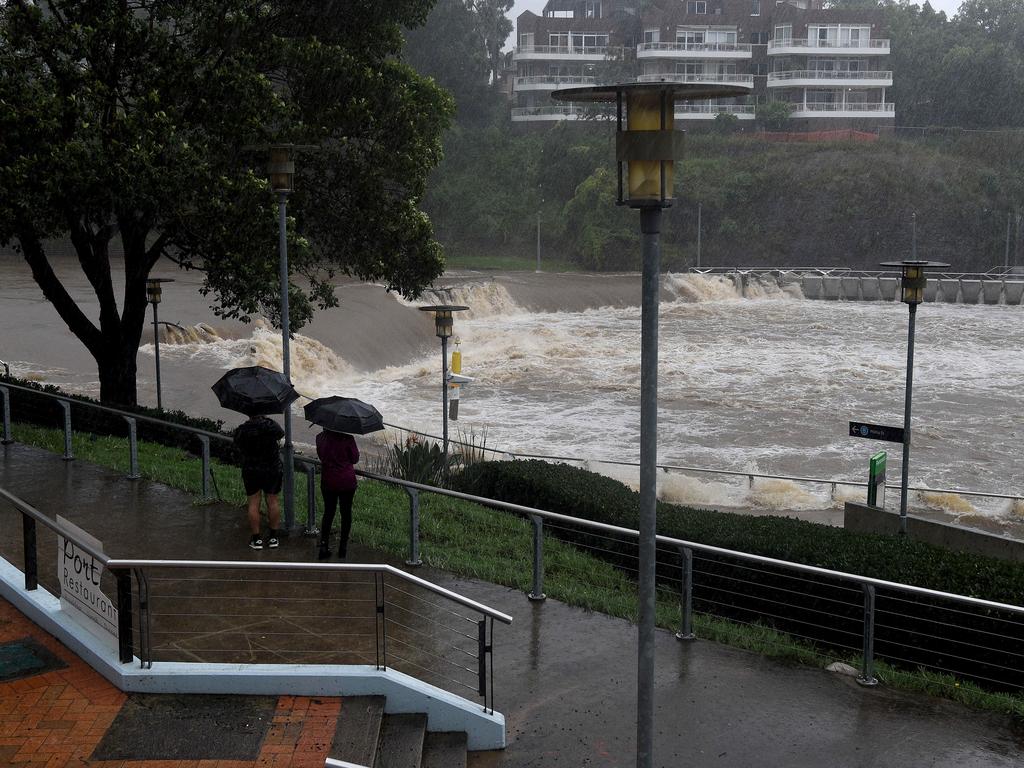
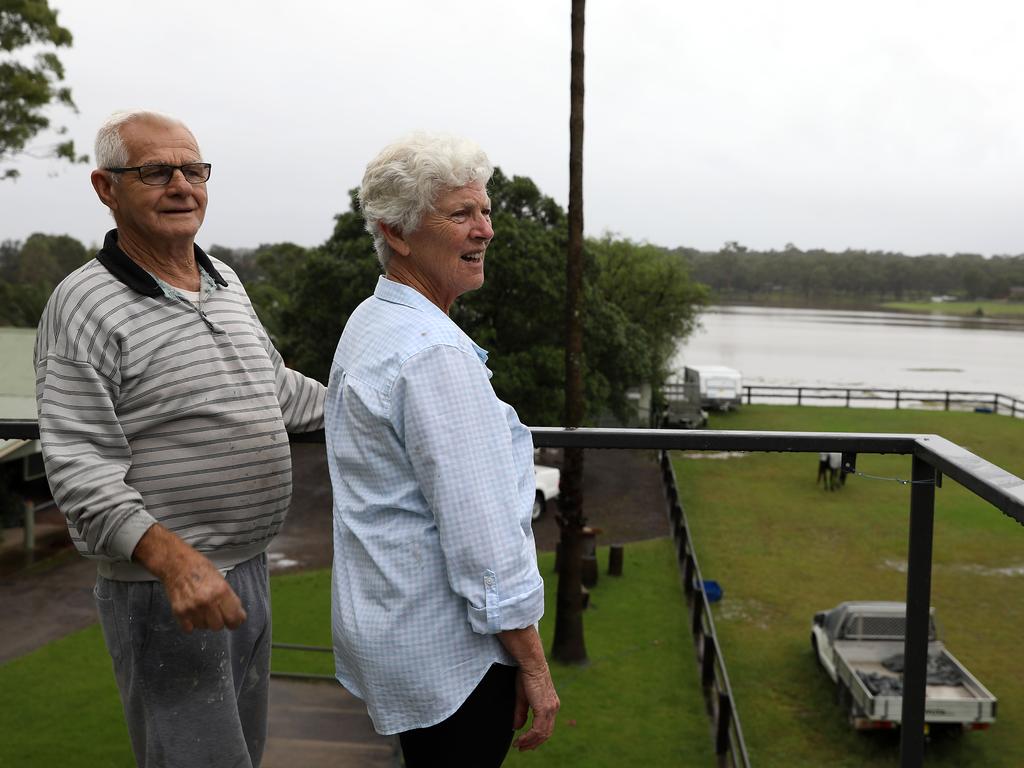
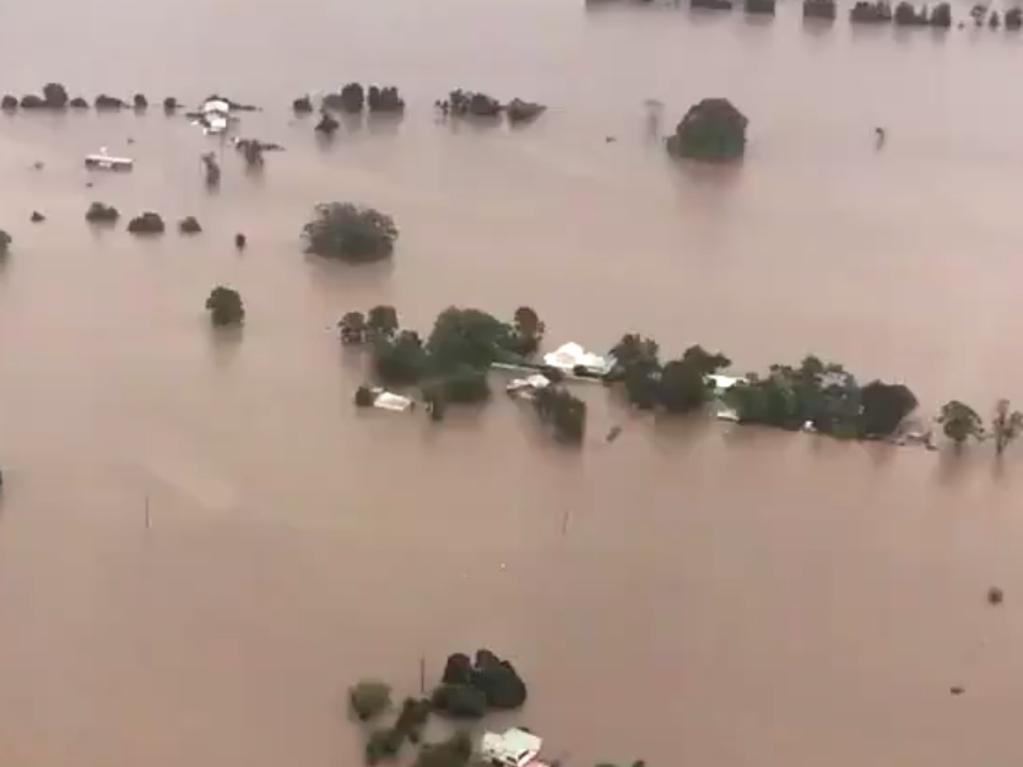


To join the conversation, please log in. Don't have an account? Register
Join the conversation, you are commenting as Logout